Latvian Food Dishes: Basic Overview
Common Ingredients
Common Cooking Methods
Courses
Meals
Key Taste
Eating Etiquette
Meal Presentation
Culinary Festivals
Influence and Fusion
Popular Types of Latvian Dishes
-
Bread and Doughs
Bread and doughs are foundational to the cuisine.
Rye bread, known for its dark color, dense texture, and slightly sour flavor, is a staple.
They are served at every meal, and used in various traditional dishes in the country.
-
Desserts
Latvian desserts are a blend of simplicity and deliciousness.
These sweet treats typically use fruits like berries, apples, and rhubarb.
They are also beloved dishes to celebrate the seasons by using various seasonal ingredients.
-
Soups
Soups in Latvia come in various recipes, from sweet to savory.
They can bring warmth during the cold seasons and are also refreshing options in the summer.
Winter soups often contain hearty ingredients like peas, beans, and pork, with Skābeņu zupa (sorrel soup). Some feature sour flavor.
Latvian dishes are characterized by their hearty and rustic nature, reflecting the country’s agricultural heritage and the changing seasons. The country’s cuisine is rooted in the use of local ingredients, such as potatoes, wheat, barley, cabbage, onions, eggs, and pork.
Dairy products are also prominently featured, with a variety of cheeses and sour cream being staple components. Traditional Latvian cooking methods include boiling, stewing, and baking, often resulting in dishes that are filling and comforting.
Also, fish plays a significant role in the Latvian diet, especially in coastal areas, with smoked and salted fish being popular. The country’s cuisine is also known for its bread, particularly dark rye bread, which is a daily staple.
Latvian meals are typically simple yet flavorful, using a modest array of spices. Seasonal and preserved foods are important, allowing traditional dishes to be enjoyed year-round.
Get to know more about Latvian dishes before diving into the flavorful pairings of specialties and beverages in the country to enhance your experience.
22 Popular Latvian Dishes with Filters
Here are the dishes of Latvia to start your exploration. Make use of the filter system to check out these specialties in alphabetical order, key ingredients, tastes, dish types, cooking methods, and popularity around the world.
Now, let’s check out some main features of traditional, national dishes, and street food culture in this country.
Rupjmaize
- Traditional
Rupjmaize is a type of rye bread from Latvia, containing rye flour, malt, and caraway seeds, giving it a gently sweet and sour taste alongside a grassy aroma.
After being baked in an oven fire, Latvians serve rupjmaize with all kinds of dishes, for example, cheese, smoked fish, or cold meat.
Depending on the water temperature when added to the dough, rupjmaize comes in two variations, featuring common rye bread and flaked or frozen variety.
Saldskaaba Maize
- Traditional
Saldskaaba maize is a type of sourdough rye bread in Latvia. This bread loaf is made with apple cider, caraway seeds, and coarse rye flour.
To nail the texture, the bread requires fermentation of up to 24 hours. The bread has a dense and moist texture and a tangy and aromatic flavor, perfect for pairing with butter, cheese, ham, or honey.
Aukstā Zupa
- Traditional
Aukstāzupa is a cold soup from Latvia that is made with beets, kefir, cucumbers, eggs, and sausage. Surprisingly, the soup has a bright pink color and a refreshing taste.
Often, locals serve it with bread and vinegar, and garnished with dill and scallions. It is a popular dish in summer, when beets are in season.
The defining component of aukstā zupa is the creamy and sharp-tasting kefir (fermented milk). After being cooked, the soup needs to be chilled carefully to reach an exceptional degree of thickness.
Rasols
- Traditional
Rasols is a traditional Latvian salad made with potatoes, eggs, pickled cucumbers, sausage, and sour cream. Similar to a Russian potato salad, it can have different variations depending on the region and preference.
The potato salad mix is usually served as a cold appetizer or a side dish.
Kartupeļu Pankūkas
- Traditional
Kartupeļu Pankūkas are Latvian potato pancakes that are made with grated potatoes and eggs. They are fried in oil until golden and crispy, often served with sour cream and lingonberry sauce.
These crunchy bites are a simple and satisfying dish that can be eaten for breakfast or as a snack. Furthermore, this simple potato pancake also fits for pairing with sprats and caviar.
Skābeņu Zupa
- Traditional
Skābeņu zupa is the Latvian take on tangy sorrel soup or green Borscht. Its aroma is achieved by using sorrel leaves, barley, onions, and potatoes for making the broth.
Commonly, a serving of this sour soup comes with halved hard-boiled eggs and a dollop of sour cream. Suitable for any season, skābeņu zupa offers warmth during the winter.
Alternatively, the soup serves as a refreshing cold dish in summer, thanks to the option of chilling it with ice.
Pelmeņi
- Traditional
Pelmeņi, literally “ear bread” or usually known as pelmeni, is a small dumpling in Latvia originating from Russia. These soft dumplings utilize unleavened dough to wrap around a filling of mushrooms and minced meat.
Latvian dumplings are pretty similar to the variety found in Russia. Plus, they often come with local sour cream on top of fried or steamed ones.
Pelēkie Zirņi Ar Speķi
- Traditional
Pelēkie zirņi ar speķi is the national dish of Latvia of a stew made with gray peas, fried onions, and diced speck. It is usually served with kefir or rye bread during the winter and New Year’s Eve.
Often, the gray peas are soaked and then boiled until tender, combined with the crispy, savory speck, and often seasoned with salt and pepper to taste.
Bukstiņbiezputrau
- Traditional
Bukstiņbiezputrau is a Latvian dish combining barley groats, potatoes, onions, milk, or cream into a comforting porridge. Enhanced with fried bacon, onions, and fresh dill, it’s a staple main course.
It’s customarily paired with bacon and fruit jam, like cranberry or lingonberry, balancing savory and sweet flavors.
Siļķe Kažokā
- Traditional
Siļķe kažokā is a traditional Latvian dish that consists of layers of potatoes, carrots, beets, onions, herring, eggs, and sour cream.
The name means “herring in a fur coat” in Latvian. It is usually served cold as an appetizer or a side dish.
Latvian Smoked Meat
- Traditional
Latvian smoked meat is a delicacy created by smoking various types of meat, such as pork, beef, chicken, or fish, using alder wood and chips. The smoking process gives the meat a distinctive flavor and aroma, and preserves it longer.
Latvian smoked meat is often eaten with rye bread, cheese, or pickled vegetables. In the past, every Latvian family had its own smokehouse to cure meat.
Skābputra
- Traditional
Skābputra is a sour soup with a pure white color in Latvia, made using a mix of grain with sour milk and barley groats. The refreshing soup is popular during the summer, especially for Latvians who often work in the fields.
In some places, the sour soup has a much thicker broth thanks to the addition of rye flour.
Kotletes
- Traditional
Kotletes are the Latvian interpretation of meatballs, revolving around minced meat as the main ingredient for combining with breadcrumb, sour cream, and egg.
Once mixed, the mixture is shaped into a patty or round ball for frying. In Latvia, the dish is enjoyed during lunch and dinner, pairing with a wide range of specialties.
Karbonāde
- Traditional
Karbonāde is a Latvian breaded pork chop specialty that consists of a thin pork cutlet coated in flour, eggs, and sometimes breadcrumbs. Once tenderized, people coat and fry the pork cutlet until golden brown.
For serving, a savory mushroom sauce and potatoes are best to enhance the overall flavor. As for accompaniment, rye bread, boiled potatoes, or pickled potatoes along with sour cream are prime candidates.
Putraimdesas
- Traditional
Putraimdesas is how Latvians interpret blood sausage made from pig blood, barley, and lard. The blood-soaked barley mixture is stuffed into a pig intestine or stomach and cooked.
This sausage provides a rich and hearty experience that is often served with potatoes, sauerkraut, or lingonberry jam.
Sklandrausis
- National
- Traditional
Sklandrausis (literally “slope pie”) is a Latvian veggie-based dessert pie. Like other varieties of pies, sklandrausis has a crust pastry and a sweet filling.
People create the pie crust from a butter-mixed dark rye flour dough that they roll out and cut into small circles with the edges turned up. As for the filling, it combines boiled potatoes, carrots, along with sour cream.
The pie has a distinctly sweet flavor due to the liberal amount of carrot filling. It is a great treat to serve cold with tea, milk, or honey.
Debesmanna
- Traditional
Debesmanna, also known as “cloudberries” or “cloudberry porridge,” is a Latvian sweet treat of fruit juice, usually cranberry or raspberry. It’s then thickened with potato starch or cornstarch.
The name literally translates to “heaven’s manna,” reflecting the light and fluffy texture of the desert, reminiscent of clouds. Its vibrant color and refreshing taste characterize this sweet, airy dessert.
Debesmanna is typically served cold and often accompanied by milk or a dollop of whipped cream on top. The treat possesses a contrast between the tartness of the berries and the sweetness of the sugar.
Jāņu Siers
- National
- Traditional
Jāņu Siers is a cheese from Latvia created using sour and fresh milk, flavored with caraway seeds, salt, and eggs. This cheese provides a firm, compact, and slightly grainy profile usually eaten on Jāņi, the summer solstice celebration.
It is one of the symbols of Latvian culture and has a protected status in the EU. On special occasions, the cheese is eaten to celebrate the Latvian Midsummer festival on the night of the 23rd and 24th.
Once curdled and pressed into a round wheel, the cheese needs a short time to mature and develop its flavor.
Rupjmaizes Kārtojums
Rupjmaizes kārtojums is a layered dessert in Latvia consisting of layers of dark rye bread crumbs, whipped cream or cream cheese, and cranberry jam. Furthermore, the layers even come with dark chocolate, cinnamon, and fresh berries to diversify the flavors. It is a simple and delicious dish that is usually eaten on special occasions, such as Jāņi, the summer solstice celebration.
In Latvia, the layered treat is seen as a national specialty. Once assembled into a container, the dessert requires cold chilling to set the texture and prevent the layers from mixing together.
Kļockas
- Traditional
Kļockas is a cheese dessert from Latgale, a region of Latvia, known for its distinctive impact on national cuisine. This dessert is all about creating a yeast dough and filling it with fresh cottage cheese.
For cooking, people place the dough in a blend of milk and cream for a fragrant milky profile. Local residents frequently offer kļockas to guests as a hearty welcome.
Pīrāgi
- Street Food
- Traditional
Pīrāgi are Latvian bread rolls or pastries filled with bacon and onions. They are oblong or crescent-shaped and baked in the oven, reserved for special occasions and celebrations.
When it comes to filling, pīrāgi features different fillings, such as meat, cheese, or fish. Pīrāgi are cherished for their savory, slightly salty filling contrasted with the mildly sweet, fluffy exterior.
Maizes Zupa
- Traditional
Maizes Zupa is a sweet Latvian dessert that makes full use of rye bread crumbs to combine with dried fruits, water, sugar, and starch. Ideally, the soup is a thick and sweet soup that is usually served cold with whipped cream or milk.
When making the soup, fermenting the bread is a crucial step to create the right flavor of maizes zupa. A simple way is to use dark beer for a sweetened profile infused into the bread pieces.
The soup is typically served cold or at room temperature, boasting a thick consistency similar to porridge.
What Latvian Dishes to Pair with Beverages?
To elevate the flavor of these dishes, you should consider the following drink choices in Latvia:
Thank you for going through these Latvian dishes, and have a good day! But don’t forget to share them with your friends if you find them useful. Any question you leave in the comment section will be thoroughly answered, too.


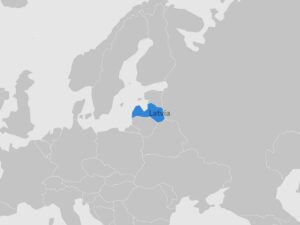
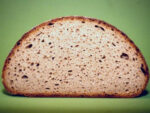
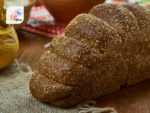
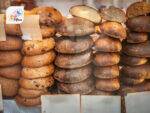
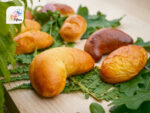
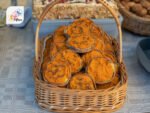
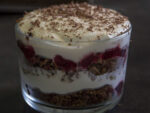
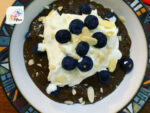
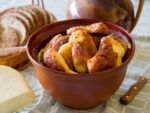
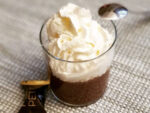
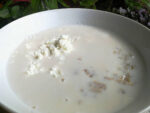
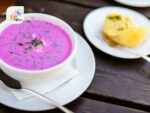
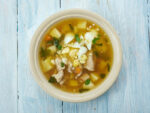
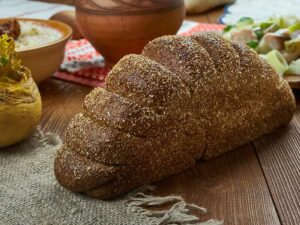
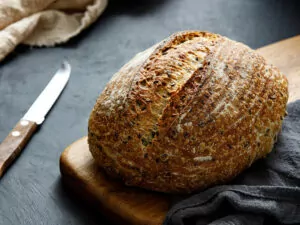
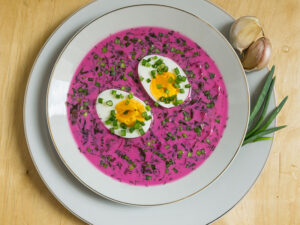
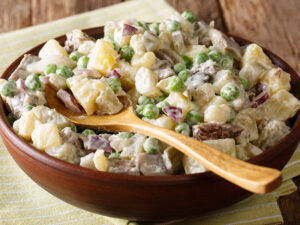
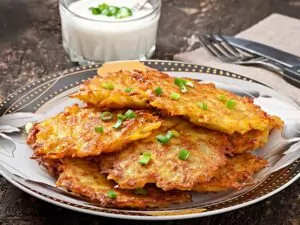
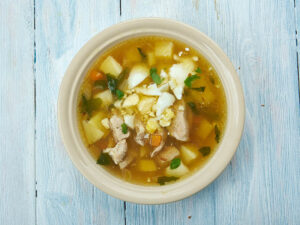
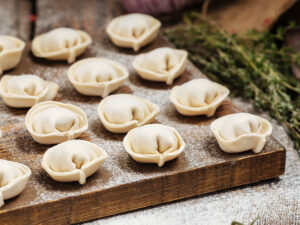
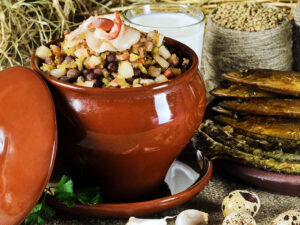
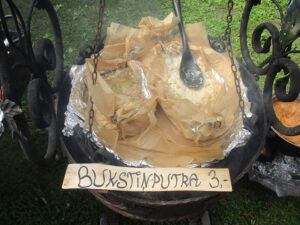
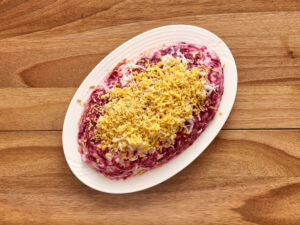
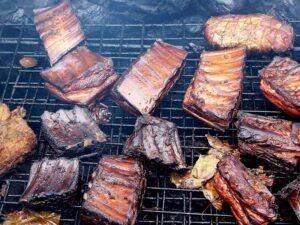
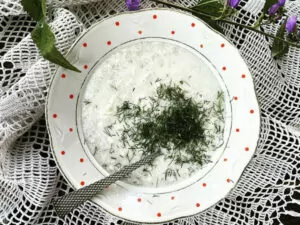
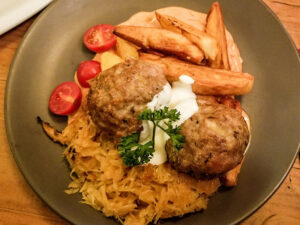
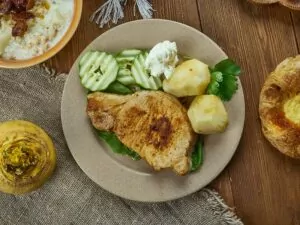
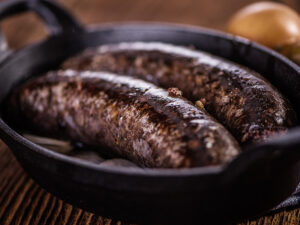
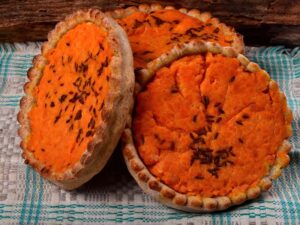
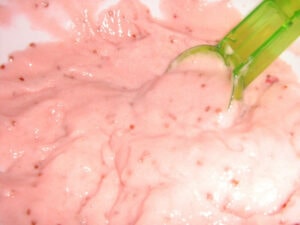
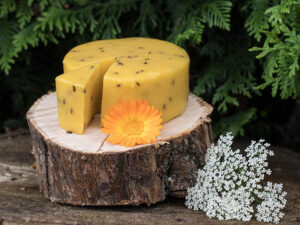
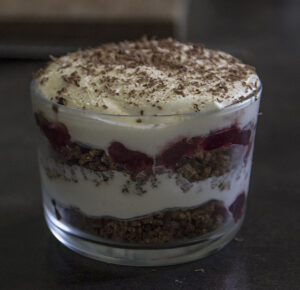
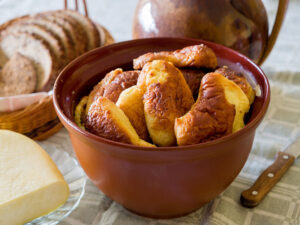
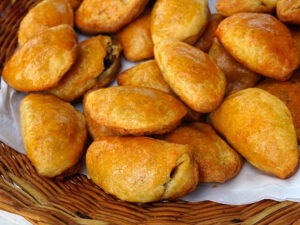
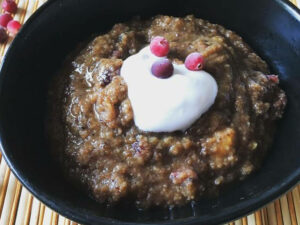
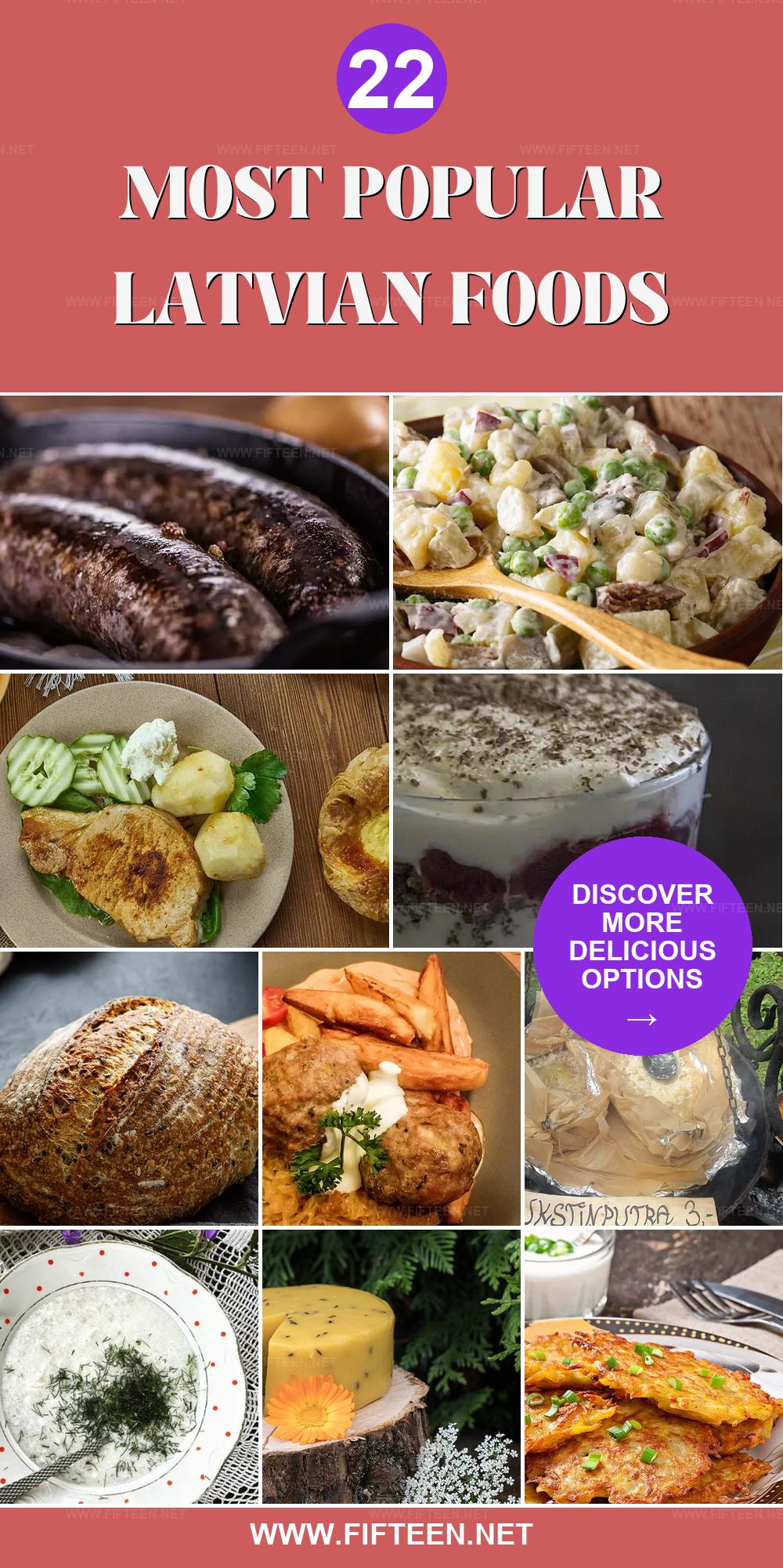
Jamie Scott
Editor in Chief, Senior Content Writer
Expertise
Home Cooking, Meal Planning, Recipe Development, Baking and Pastry, Food Editor, Cooking-video Maker, Western Food Evaluation Expert
Education
Le Cordon Bleu College of Culinary Arts
Local Community College, New York, NY
Jamie Scott is a skilled culinary expert and content creator specializing in Western cuisine. With over 15 years in the culinary field and formal training from Le Cordon Bleu, Paris, Jamie deeply understands how to blend nutrition with delicious flavors. His passion for cooking matches his commitment to making healthy eating accessible and enjoyable.
On Fifteen.net, Jamie brings a fresh perspective to classic dishes and beverages, offering readers insightful recipes, cooking tips, and a fresh view on meal planning that emphasizes taste, health, and simplicity.